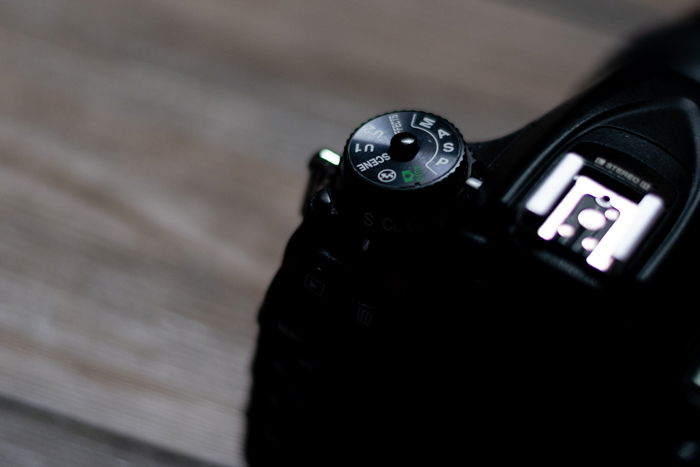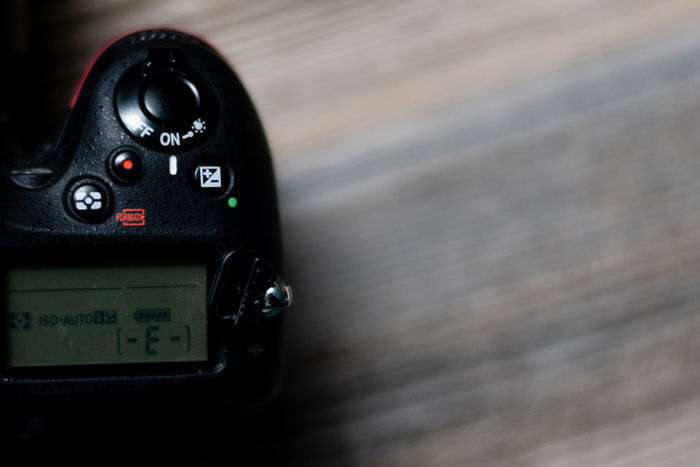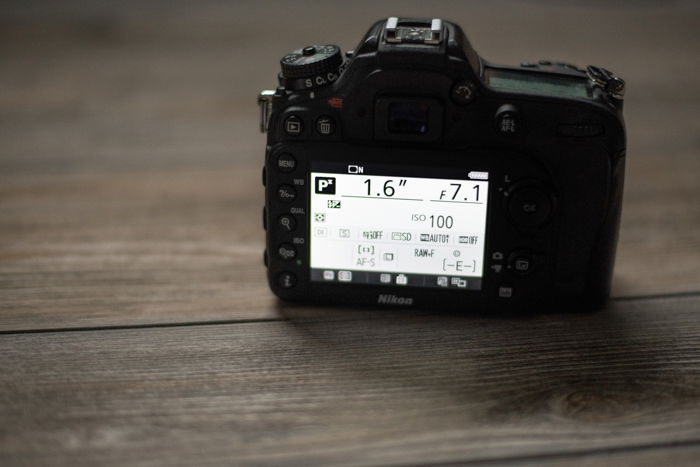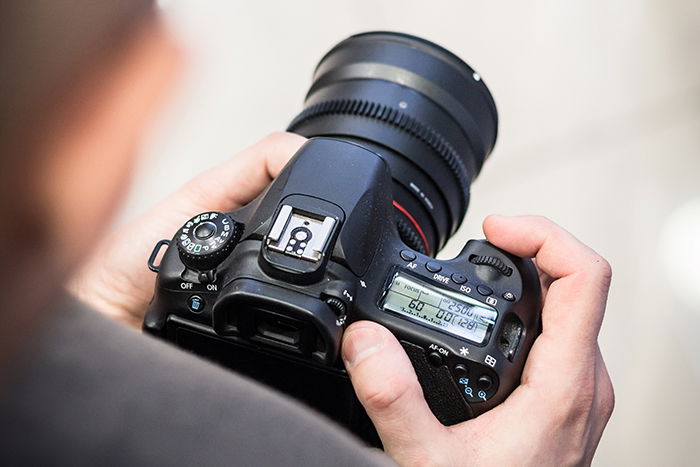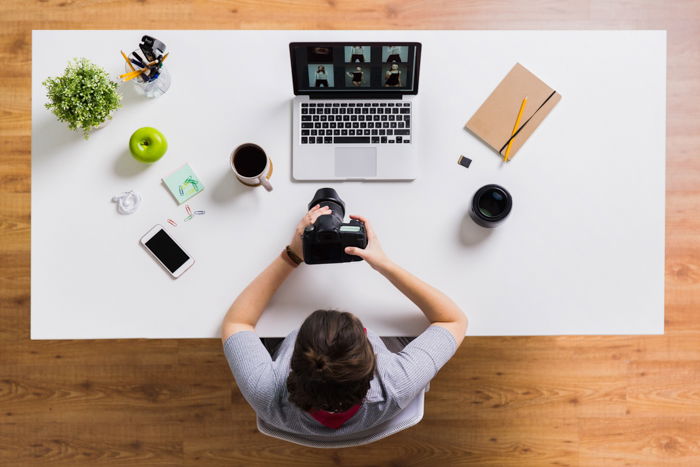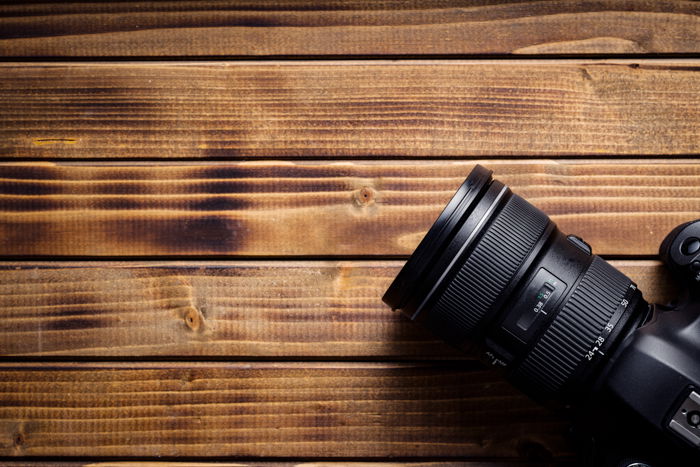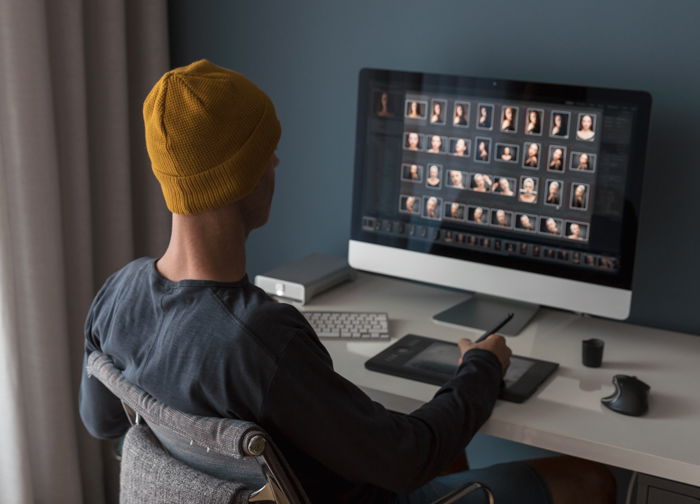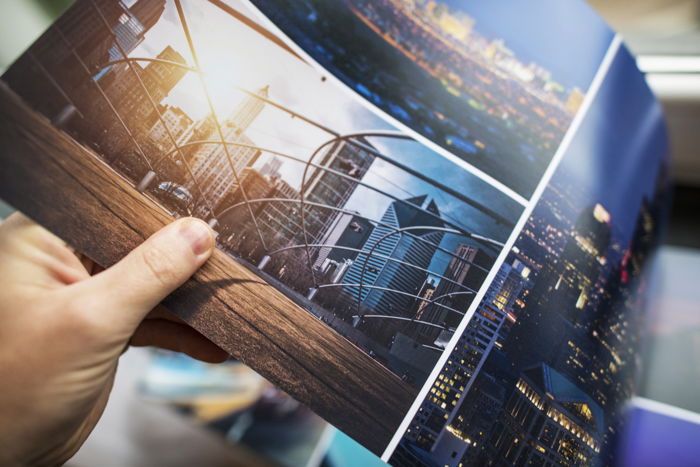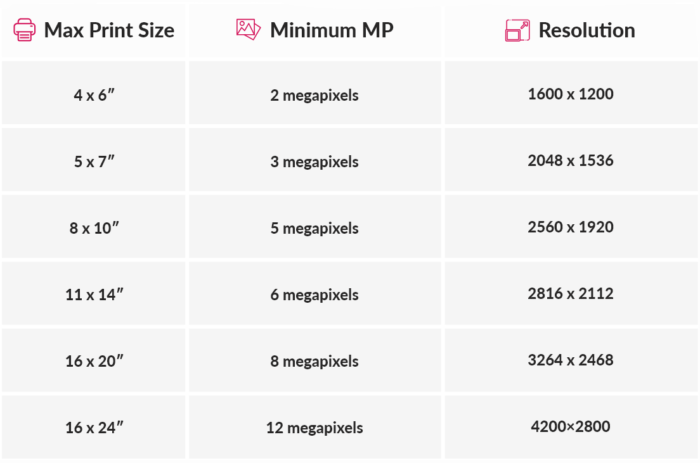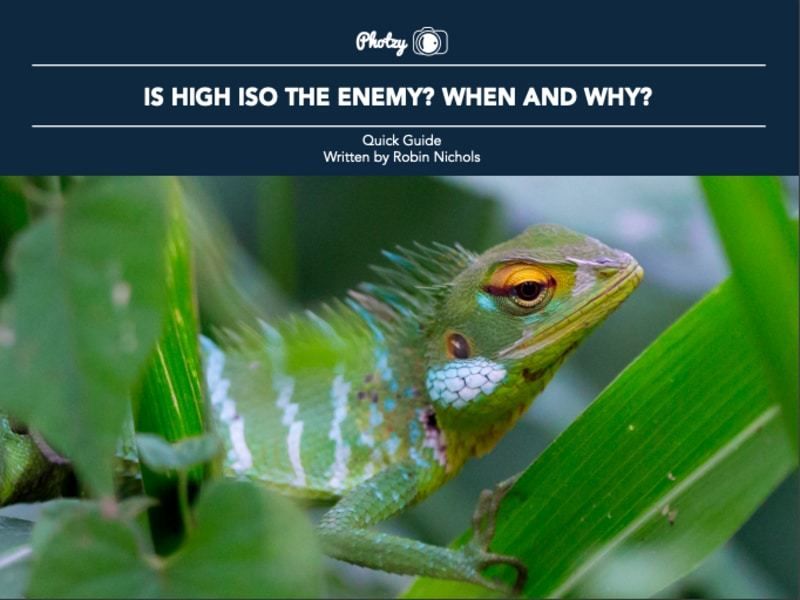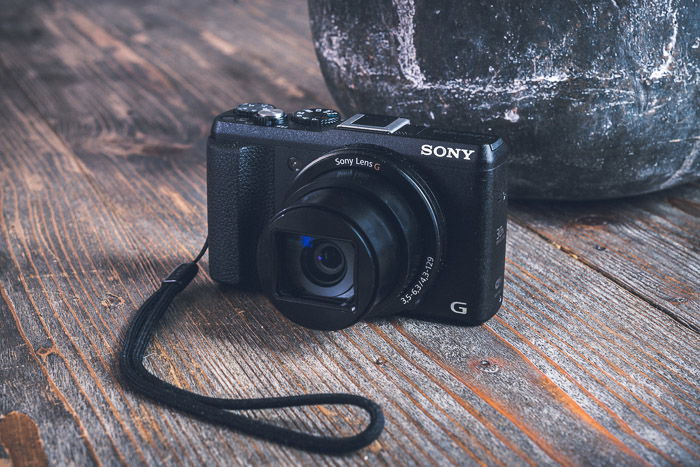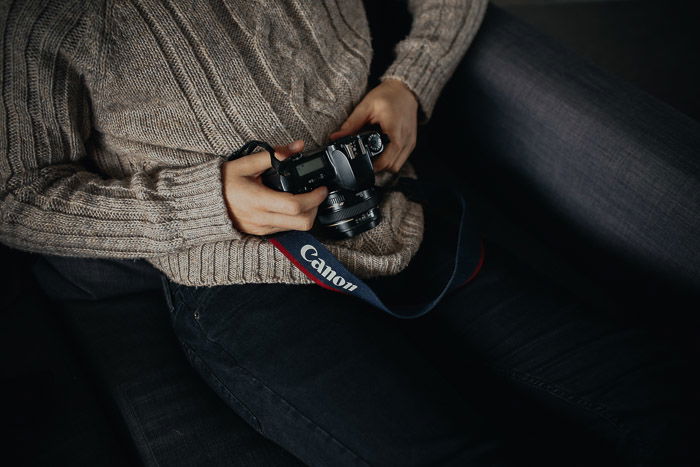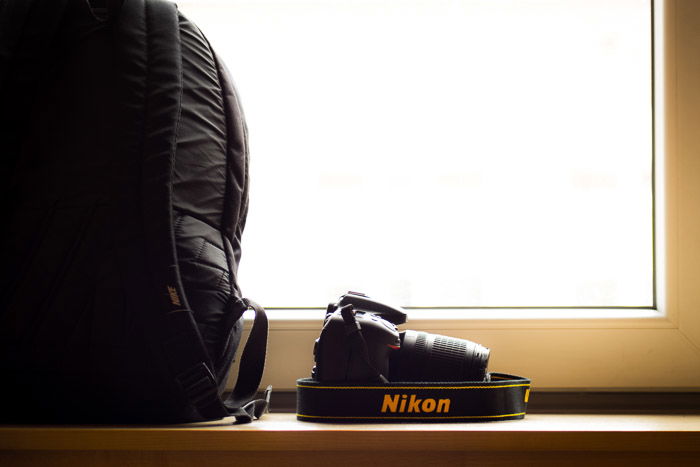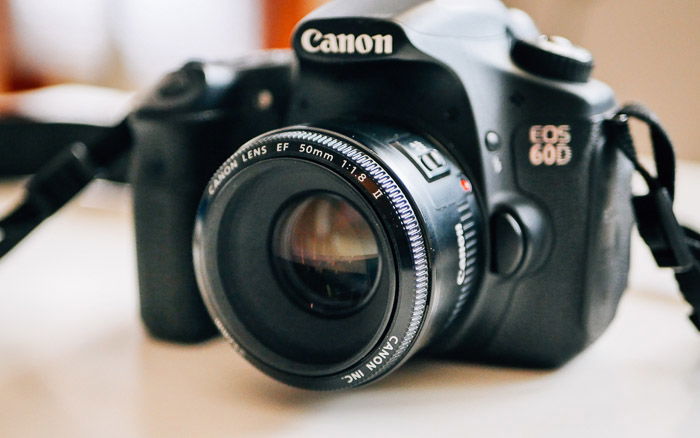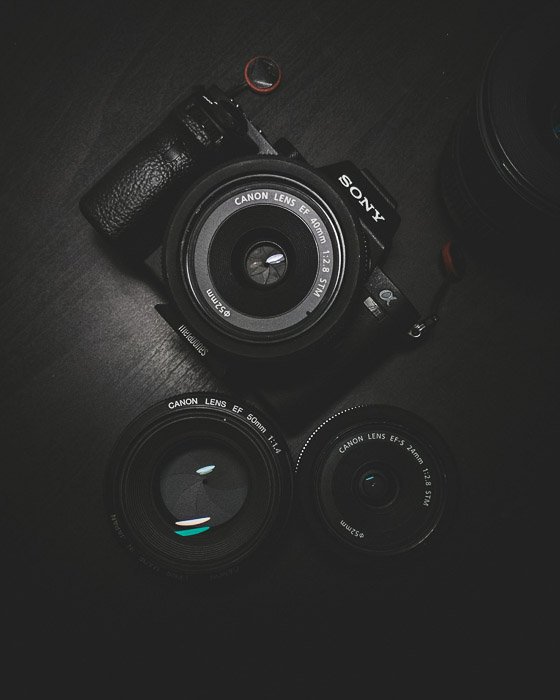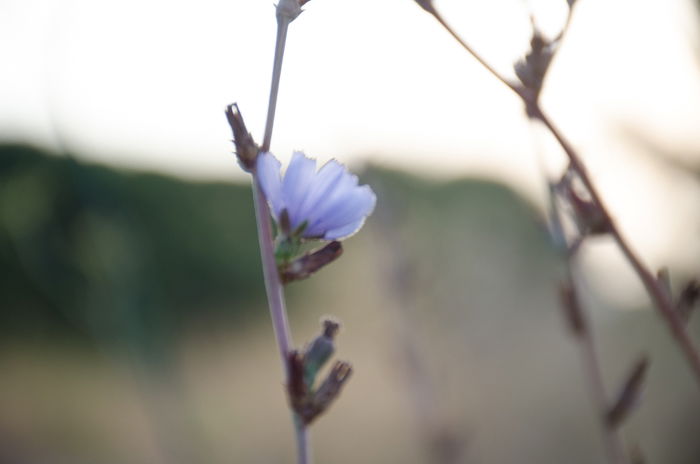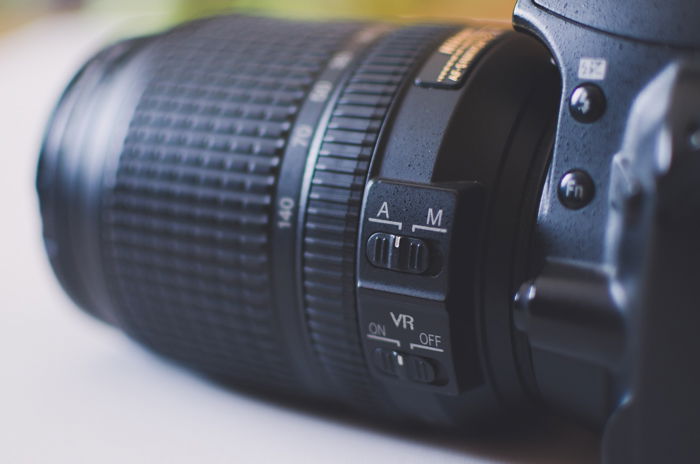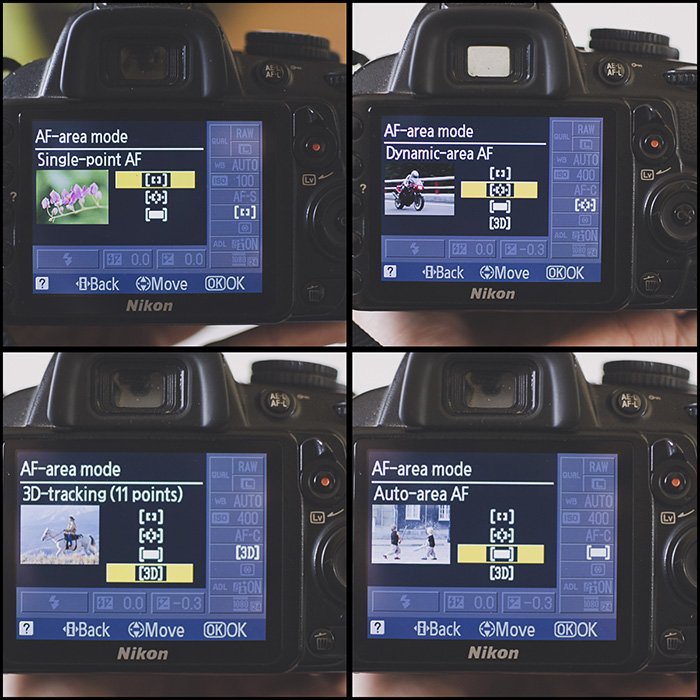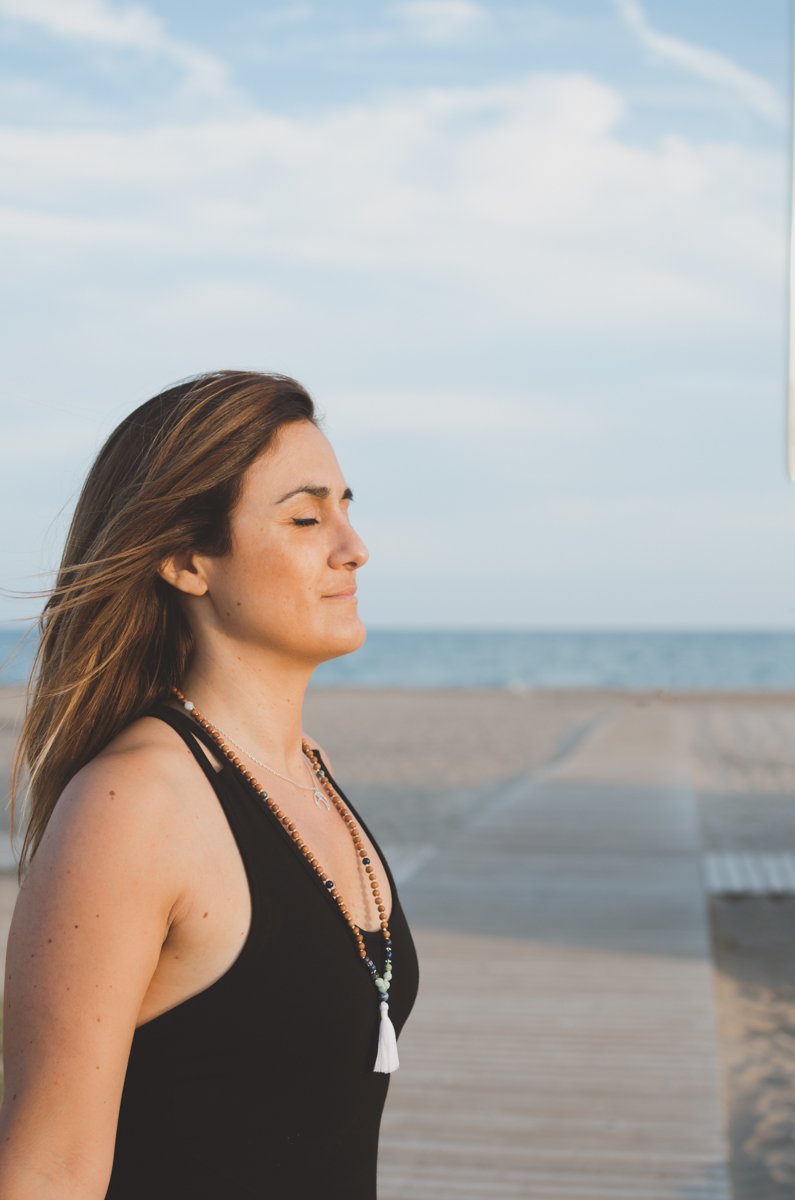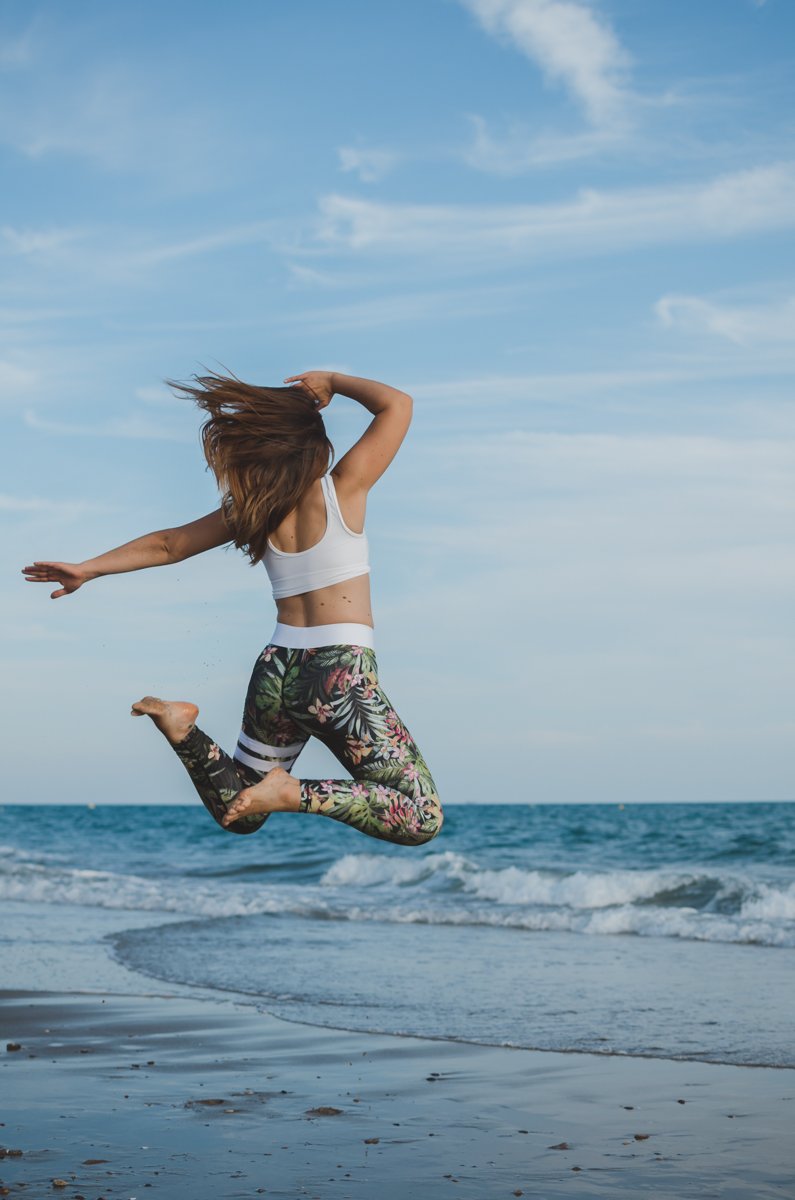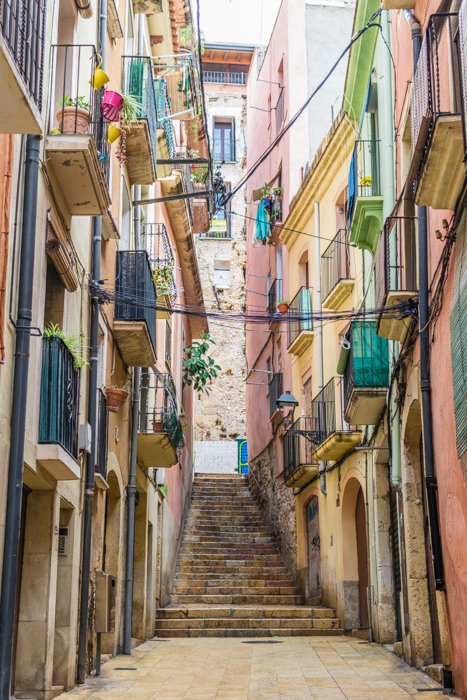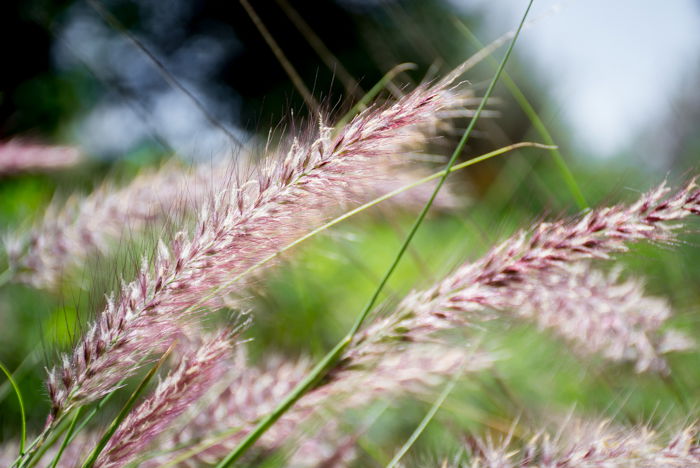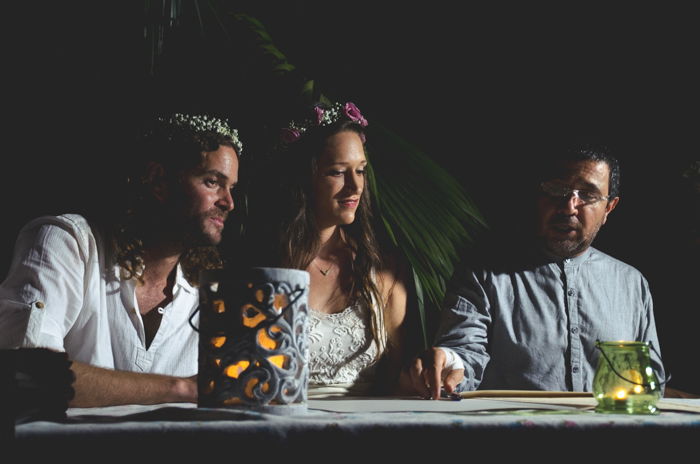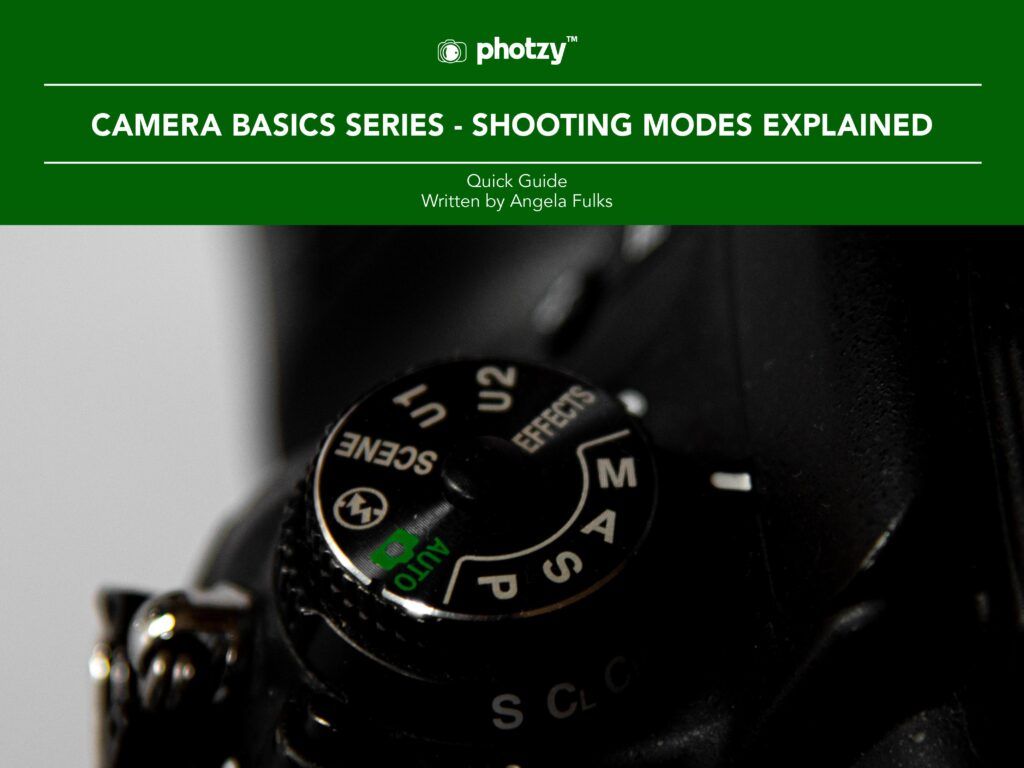Best photography competitions to enter in 2023
by Darryl Turner
One of the most outstanding ways of testing yourself visually is to enter photography rivalries. Fortunately, there are handfuls out there to look over, regardless of your class, style, or level.
Swimming through the sheer number of grants accessible can be somewhat overwhelming, so we've picked a few features for the year ahead, with a choice of significant photography contests for your thought.
You'll find all the urgent data you want, including passage dates, where to enter your work, and section charges. We've likewise addressed various adjudicators and coordinators to impart to you a few top tips to assist your work with standing apart from the group. A portion of the data was likely to change, so it's consistently worth twofold really taking a look at cutoff times on individual rivalry sites to guarantee you don't pass up a great opportunity.
With money, prizes, and praise available to anyone, there will never be a superior chance to invest your effort forward for an honor - what number will you enter?
Beginner Picture Taker of the Year
Scene Photographic Artist of the Year
Sony World Photography Grants
LensCulture Photography Grants
Compilation Photography Rivalry
Travel Photographic Artist of the Year
Space Science Picture Taker of the Year
Pink Woman Food Photographic Artist of the Year
Untamed Life Picture Taker of the Year
Ecological Picture Taker of the Year
Taylor Wessing Visual Award
English Natural Life Photography Grants
Close-Up Picture Taker of the Year
Worldwide Nursery Picture Taker of the Year
EISA Maestro
Nature Picture Taker of the Year
SINWP Bird Photographic Artist of the Year
iPhone Photography Grants
RPS Global Photography Show 164
English Photography Grants
Climate Photographic Artist of the Year
Artistic work Photography Grants
World Games Photography Grants
Memorable Picture Taker of the Year
Moderate Photography Grants
Submerged Picture Taker of the Year
What are the best photography rivalries to enter in 2023?
Novice Photographic Artist of the Year (APOY)
Opens 2023 rivalry presently open
Closes November 2023
Section expense 1 free passage accessible per round, £8 for 1 picture section, packs accessible. Free for Youthful APOY
Prizes £11,000 worth of prizes, given by MPB
Site amateurphotographer.com/apoy
About - obviously we could start off the top rundown with our own special contest. Beginner Photographic Artist of the Year - known as APOY - is a focused based rivalry, where photographic artists can bring back home awards for each round, coming full circle in the general champ being granted the top award toward the year's end. In 2022, that honor went to Tommaso Carrara, who won no less than four rounds with an extraordinary arrangement of pictures.
Be that as it may, who will take care of business this year? This is a rivalry that will push you to attempt classifications and subjects beyond your usual range of familiarity, which must be helpful for your photography.
Top Tip - Beginner Picture taker supervisor Nigel Atherton says, 'You get one free section with each duplicate of AP, yet remember that you can purchase extra passages from Photocrowd to build your possibilities of winning. With regards to picking a picture to submit, consider how it takes a gander at more modest sizes - this is much of the time the manner in which judges will initially go over your picture and may make their underlying judgment in view of it.'
Scene Picture Taker of the Year
Opens TBC
Shut 2023 rivalry presently shut
Section expense is £9.99 for a single picture, £24.99 for up to 8 pictures, £34.99 for up to 20 pictures.
Prizes Absolute asset worth £20,000, generally champ gets £10,000.
Site lpoty.co.uk
About - The opposition sees a large number of passages in every version, so you'll need to strive to stand apart from the group - however winning the honor can set you in an extraordinary way. The triumphant sections will likewise be shown in a focal London area.
Top Tip - Pioneer and head judge of the honors, Charlie Waite, says, 'Enter the opposition with certainty and conviction that your photo gets out whatever you wish it to say and will stir something profound in the watcher. Who knows, maybe your picked image(s) may have a course on your future as a photographic artist.'
Sony World Photography Grants
Opens Currently open
Closes Understudy rivalry closes 30 November 2023, Youth contest and Open contest closes 5 January 2024, Proficient rivalry closes 12 January 2024
Section expense Free
Prizes A complete award asset of $30,000 (USD) in addition to Sony computerized imaging hardware, display and that's only the tip of the iceberg
Site www.worldphoto.org
About - The Sony World Photography Grants traverses four unique photography rivalries - one for proficient photographic artists, another available to all, and Youth and Understudy contests. The honors are all allowed to enter, and there are bunches of various classes to look over. Every year, the triumphant passages are shown in a significant presentation at London's Somerset House.
Top Tip - Display keeper and seat of the juries Mike Trow says, "What makes the Sony World Photography Grants so energizing is the scope of subjects and worldwide reach of the accounts and pictures chosen. My guidance for contestants is to select your classifications cautiously and put stock in your story. Show the appointed authorities how you see the world, yet attempt to keep away from the antique. Photography strategies and styles are getting more courageous and dynamic, so specialized greatness is likewise fundamental.'
Focal point Culture Photography Grants
Opens Road Photography Grants presently open
Closes 21 June 2023
Section charge Free (1 photograph), $35 (5+ single photographs), $45 (a progression of max. 10 photographs), 30% off for understudies
Prizes Champs get $10,000, have their work displayed in New York and that's just the beginning.
Site www.lensculture.com
About - Focal point Culture has numerous rivalries consistently, going from classes like craftsmanship photography and highly contrasting photography to road photography and it even has Arising Ability Grants for new picture takers who don't have a worldwide profile yet. Eminently, for this large number of contests, there is likewise a choice to get criticism for your work.
Top Tip - Focal point Culture encourages to be steady, "Numerous effective photographic artists enter similar work in a few contests before they at last win. This is a powerful technique to have your work seen by a wide range of legal hearers and fabricate your profession. Ingenuity is the way to get your work seen by compelling specialists around the world - it just takes one individual to have a beneficial outcome on your innovative excursion!"
Compilation Photography Rivalry
Opens 2023 rivalry currently open
Closes Morning person (31 July 2023), Standard (30 November 2023)
Passage expense €12-18
Prizes €500, publication inclusion in a future issue of Treasury Magazine, and a one-year membership to Compilation
Site treasury magazine.com
About-This opposition acknowledges everything from your standard suspects (road, untamed life, still life) to actually controlled pictures like conceptual, all-encompassing, sewed, and composite. Pictures should decipher a subject, which this year is 'The World We Live In'.
Top Tip-It is valuable as a top priority that entries are decided on quality, innovativeness, inventiveness, and visual/profound effect and the site adds that imaginative understanding of the brief can acquire you additional legitimacy. It likewise encourages participants to 'allude to Collection or buy a duplicate prior to presenting your work, so you can see the kind of material we distribute.'
Travel Photographic Artist of the Year
Opens Currently open
Closes 1 October 2023
Section charge £10-£50, Free for youthful picture takers under 18
Prizes £1,000 in addition to a Fujifilm X100V camera and then some.
Site tpoty.com
About - This opposition has a few classes to browse, and with movement being such an expansive subject, you might find you as of now have something prepared to enter.
Top Tip - The organizer behind Movement POTY, Chris Coe, says, 'Enter your best not your number one picture, adhere to the class brief/subject (don't attempt to convince yourself that since you like the shot it truly fits the subject!) and get some information about your picture decision - it astounding open-minded perspectives can see. Additionally, contemplate entering the class you feel is the hardest, as this might well have the least passages!'
TPOTY 2021 champ Fortunato Gallo's picture of an ocean side at South Uist, External Hebrides, Scotland
Stargazing Photographic Artist of the Year
Opens TBC
Closes 2023 rivalry presently shut
Passage expense is £10 per participant, Youthful Rivalry excluded
Prizes £10,000, in addition to classification prizes and Youthful Rivalry
Site rmg.co.uk/astrocomp
About - This opposition grandstands the world's best space photography, which incorporates breathtaking skyscapes, far-off planets, and systems. You can submit up to ten pictures across various classes.
Top Tip - Dr. Melanie Vandenbrouck, an adjudicator for the opposition, says, 'Act naturally, yet additionally take a stab at a genuinely new thing. My experience is that photos that copy other astrophotographers' pictures frequently don't feel exceptionally normal. However, attempting to stretch your own boundaries and creative mind can make strong outcomes. This opposition is about magnificence however much it is about the galactic articles caught or the specialized ability sent.'
Pink Lady® Food Picture Taker of the Year
Opens TBC
Closes 2023 rivalry presently shut
Section expense £30/5 pictures, free for under 18s.
Prizes £5,000 for the general champ, and different awards for classification victors.
Site pinkladyfoodphotographeroftheyear.com
About - Pink Woman Food Picture Taker of the Year has reliably drawn in the absolute best visual ability since its origin very nearly a decade prior. Last year, picture takers from 77 nations entered north of 9,000 individual pictures. With heaps of classifications to browse, there ought to be something that matches your particular portfolio - don't tragically imagine that the appointed authorities are just searching for exceptionally adapted food-promoting shots.
Untamed Life Picture Taker of the Year
Opens 16 October 2023
Closes 2023 contest is currently shut
Section expense Contestants to the grown-up rivalry might enter up to 25 pictures for a £30 charge, which increments to £35 in the last seven-day stretch of the passage time frame. A waiver for the section expense has been presented for photographic artists entering the grown-up rivalry who live in 50 nations. Picture takers 17 and under may enter up to 10 pictures for nothing.
Prizes Champ gets £10,000, more modest monetary rewards additionally accessible
Site nhm.ac.uk
About - One of the most significant and esteemed photography contests of the schedule, Untamed Life Photographic artist of the Year is coordinated by the Normal History Gallery in London. For more than 50 years, it has supported moral natural life photography, shaping a significant show which happens at the gallery. The absolute greatest names in natural life photography have put in the opposition - the positive effect it could have on your profession can't be put into words.
Top Tip - Seat of the Natural life POTY jury Roz Kidman Cox exhorts, 'Think metropolitan. One classification that has a generally low number of passages is Metropolitan Natural Life. Genuinely, it allows you a lot more prominent opportunity of being set. What's more, as the classification envelops any creature or plant in a human-overwhelmed climate, that implies nature close to home. So don't bother voyaging, and the potential chance to return to a site or reshoot a dream.'
Natural Photographic Artist of the Year
Opens Currently open
Closes 30th August 2023
Section charge Allowed to enter
Prizes £5,000 for EPOTY, Z Series Mirrorless camera and two NIKKOR Z focal points for Youthful EPOTY, £1,000 for every class
Site epoty.org
About - The Ecological Picture Taker of the Year rivalry exhibits the most persuasive natural photography from around the world. The honor commends humankind's capacity to make due and develop and features interesting pictures that point out our effect and move us to live economically. Open to expert and beginner photographic artists, incorporates and 'Youthful' classification. Champs were reported in December 2022.
Taylor Wessing Visual Award
Opens TBC
Closes Currently shut
Passage expense is £21 per photo
Prize £15,000 monetary reward for the victor
Site npg.org.uk/photoprize
About - Coordinated consistently by the Public Picture Exhibition, the Taylor Wessing Visual Award is likely the most esteemed representation of photography rivalry there is. Assuming that representation photography is your thing, being approved by this opposition can do wonders for your certainty and your vocation.
English Untamed Life Photography Grants
Opens 2024 contest currently open
Closes 4 June 2023 23:59 pm BST
Section expense is £10-£54 relying upon the number of pictures you need to submit
Prizes, By and large, Victor gets £5,000, and different awards are accessible
Site bwpawards.org
About - Laid out in 2009, the now decade-old English Untamed Life Grants was sent off to praise the variety and abundance of England's normal history. It's a contest that urges you to seek your own doorstep for dazzling symbolism of neighborhood verdure, with every year having an exceptional subject.
Top Tip - Judge and previous victor of the English Natural Life Photography Grants, photographic artist, and traditionalist Paul Colley, says, 'Track down a typical subject up close and personal, try and acknowledge starting disappointment as the cost of extreme achievement. Rivalry judges get energized by various pictures, oddities, and creative minds. A typical subject near and dear permits you to attempt numerous groundbreaking thoughts rapidly, which exploratory photography requests. Curiosity has conceivable outcomes compelled exclusively by your creative mind. Envision the subject is something else entirely and afterward contribute all your time sorting out how to make it happen. A great many people surrender after a couple of bomb tests. The innovative spirits who extreme it out successfully.'
Close-Up Photographic Artist of the Year
Opens Presently open
Closes Last cutoff time 16 July 2023
Passage charge £10-£40 relying upon the number of sections
Prize £2,500 monetary reward for the victor
Site cupoty.com
About - Close Up Picture Taker of the Year was established by long haul AP patron Tracy Calder and her significant other Daniel. With an affection for full-scale photography, they sent off CUPOTY in 2018 to celebrate close-up, large-scale, and miniature photography, permitting it to become the overwhelming focus. The yearly rivalry is available to anybody utilizing any gadget, from a cell phone to an electron-magnifying instrument. The opposition has various classes.
Top Tip - Organizer behind the honors Tracy Calder says, 'Eliminate interruptions - any flaw will seem amplified while shooting very close, so invest energy eliminating bits of dust, dust and so on at the hour of shooting if conceivable. Ponder the foundation - last year participants utilized everything from a kid glove to a bank envelope. The region behind your subject ought to never be a bit of hindsight. Recount a story - delightful close-up representations of butterflies and plants are superb, yet on the off chance that you can show a component of conduct then it will lift your picture to another level.'
Worldwide Nursery Photographic Artist of the Year
Opens Presently open
Closes Assortment of classifications shutting between 30 Walk - 31 October
Passage charge Free/£16 per class, up to 4-8 pictures, contingent upon class.
Prize Monetary reward for general champ
Site igpoty.com
About - In 2022, IGPOTY returned for its fifteenth yearly contest, with classifications that incorporate 'The Excellence of Plants,' 'Conceptual Perspectives', and 'Lovely Nurseries' and that's just the beginning. There will likewise be four photograph activities and exceptional honors. The challenge is upheld by Illustrious Botanic Nurseries, Kew, and is available to the two beginners and experts.
Top Tip - James McGlinchey, Presentations Director at IGPOTY expresses, 'Presented as another class in 2019 was Plants and Planet. It gives environmental change issues openness, trees are planted for each section and participants can in any case scoop the award cash and extremely significant title. My other top tip is to shoot unique substance - there are numerous contests out there and to stick out, our appointed authorities need to see the new, reminiscent substance that invigorates the crowd.'
EISA Maestro
Opens TBC
Closes 2023 rivalry shut
Prize first award €1500, second award €1000 and third award €750
Site eisa.EU/maestro
About - Coordinated by the Master Imaging and Sound Relationship, of which Novice Photographic Artist is a section, the Maestro Photograph Challenge is available to both beginner and semi-proficient picture takers who make an arrangement of pictures.
Top Tip - Andy Westlake, AP's Specialized Manager and judge at EISA Maestro says, 'It's a portfolio-based rivalry, so ensure you enter a bunch of pictures with a lucid vision and style that are straightforwardly pertinent to the year's subject.'
Nature Photographic Artist of the Year
Opens TBC
Closes 2023 rivalry presently shut
Section charge from €17, free for long-term olds
Prizes Complete monetary reward €25,000, €3,000 for the champ
Site naturephotographeroftheyear.com
About - Nature Photographic Artist of the Year not just offers you the chance to win extraordinary awards and procure some cachet, but supporting nature conservation is likewise an opportunity. The honors service happens at the yearly Nature Talks Photograph Celebration in the Netherlands, where the triumphant pictures are additionally shown.
Top Tip - Previous AP supervisor Keith Wilson, who led the Nature POTY jury between 2017-2019, expresses, 'Attempt to stay away from the most famous classes like well-evolved creature and bird representations. It takes something uncommon or extraordinary to win these. By correlation, classes including full-scale photography, so plants and parasites or spineless creatures, are disregarded, yet the standard has worked on hugely lately. Think about additionally dark and white classifications.'
SINWP Bird Photographic Artist of the Year with the help of RSPB
Opens Presently open
Closes 31st October 2023
Section charge Least gift of £1
Prizes Prize bundle worth over £1,145
Site sinwp.com/bird
About - Another contest that does not just offer you the chance to demonstrate your guts, yet be useful, is SINWP Bird POTY. The 2020 rivalry raised over £2,000 for the RSPB - 100 percent of the gifts from section charges go to the foundation.
Top Tip - Colin Jones, from the Social orders, says, 'Better specialized subtleties are pored over with specific accentuation on narrating, pictorial quality, conduct, honing, right scaling use, subject development control, clamor and ISO choice, and the nature of depiction of the species' attributes.'
iPhone Photography Grants
Opens TBC
Closes Currently shut
Section charge $5.50 - $75.50
Prizes Top Awards TBC, a Gold Bar, a Platinum bar
Site ippawards.com
About - Presently in its fifteenth year, this opposition is available to photographic artists around the world - inasmuch as their pictures are taken on an iPhone or an iPad. There are a few classifications, including Engineering, Creatures, Flowers, and Scene and that's only the tip of the iceberg. Entering a contest like this is an effective method for testing the old hypothesis that the best camera is the one that you have with you - leave your 'genuine' camera at home.
RPS Global Photography Presentation 166
Opens TBC
Closes 165 presentations open calls currently shut
Passage charge One free single picture for all. From £18-£30
Prize £4,000 for future tasks
Site rps.org
About - Commending photography from across the globe, the yearly RPS Worldwide Show is chosen from an open call. Close by the chance to display, £4,000 is granted to help with future visual tasks.
English Photography Grants
Opens first July 2023
Closes 31st August 2023
Passage charge £5 per picture
Prize Greetings to the lofty honor function
Site britishphotographyawards.org
About - Pointed toward praising the ability of all English and English-based photographic artists, the BPA works with a scope of a noble cause to work a non-benefit rivalry. More than 90% of the section expense goes straightforwardly to a foundation fitting your personal preference, with ticket deals from the yearly function supper likewise going towards great goals.
Don't have a camera? Click Here
Perhaps you have a camera but don't like the idea of competing with other Photographers. What you'd really rather do is sell some or all of the photos you've already taken. Click Here
